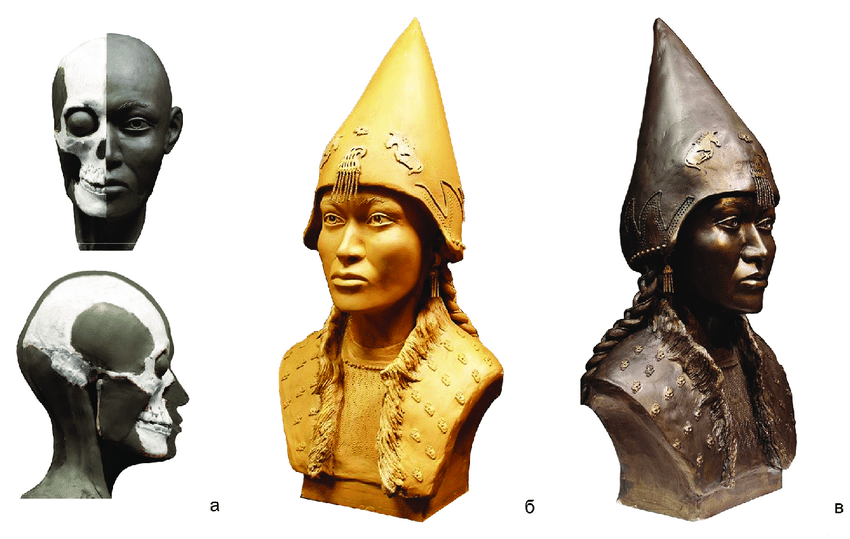
History of the Scythians
Who were the Scythians?
The Scythians were a nomadic and semi-nomadic people that controlled the steppes of what is now Ukraine, Russia, and Western Asia from the 7th century BCE until their fall in the 3rd century CE to encroaching neighboring civilizations (1). They flourished in particular from the 7th century BCE until they began to decline in the 3rd century BCE, following a string of defeats against Macedon (1). However, they made a resurgence around the 1st century CE until encroaching Ostrogoths spelled the end of their people, and they then formed part of the basis for the later Cimmerian peoples (1). Because they lacked a written language, their folkloric traditions were an integral part of their society and culture (3).
Preserving a culture
This website is dedicated to preserving the culture of the Scythians. The Scythians were skilled warriors and artisans, had one of the most egalitarian societies in history until the modern day, both of which contributed to the stories of the Amazons in Greek folklore. They were remarkably skilled horsemen and women, being some of the first in the world to master the use of cavalry in combat (2). They saw tattoos as an important part of everyday life, smoked pot, drank wine and fermented mares milk, and loved fighting (2). They are one of the most fascinating peoples in history and I am eager to share all that I know of them.
(1) Mayor, Adrienne. The Amazons: Lives and Legends of Warrior Women across the Ancient World. Princeton, NJ: Princeton University Press, 2016.
(2) British Museum. “Introducing the Scythians - British Museum Blog.” British Museum Blog - Explore stories from the Museum, February 22, 2022. https://blog.britishmuseum.org/introducing-the-scythians/#:~:text=The%20Scythians%20(pronounced%20'SIH-,to%20the%20northern%20Black%20Sea.
(3) Sims, Martha C., and Martine Stephens. “Ritual.” Essay. In Living Folklore: An Introduction to the Study of People and Their Traditions, 2nd ed., 98-104. Logan, UT: Utah State University Press, 2011.
